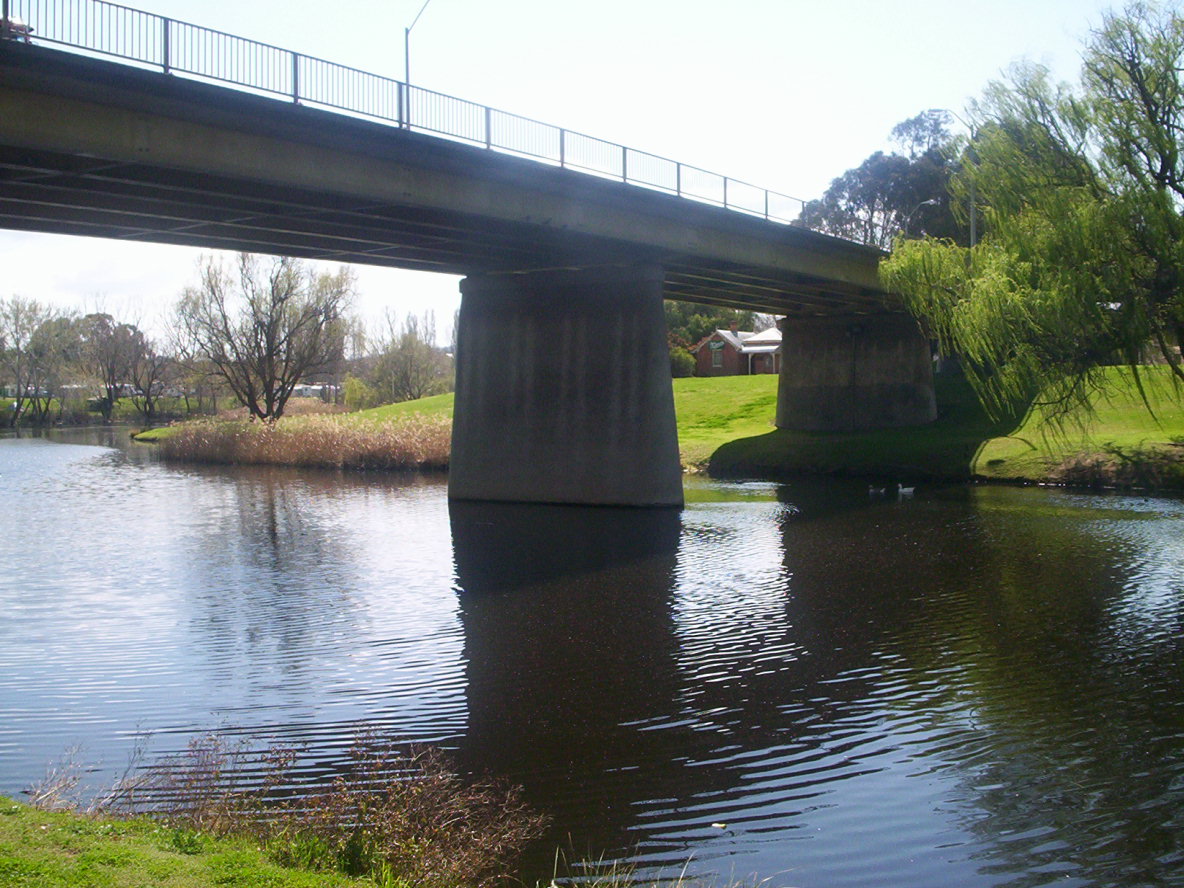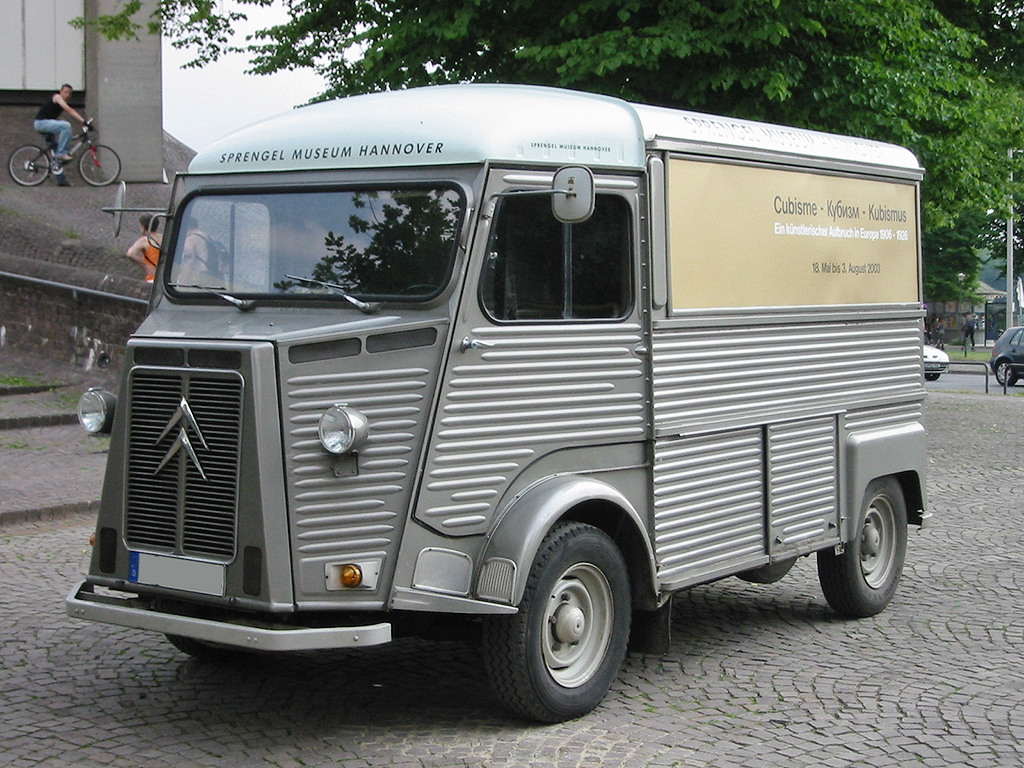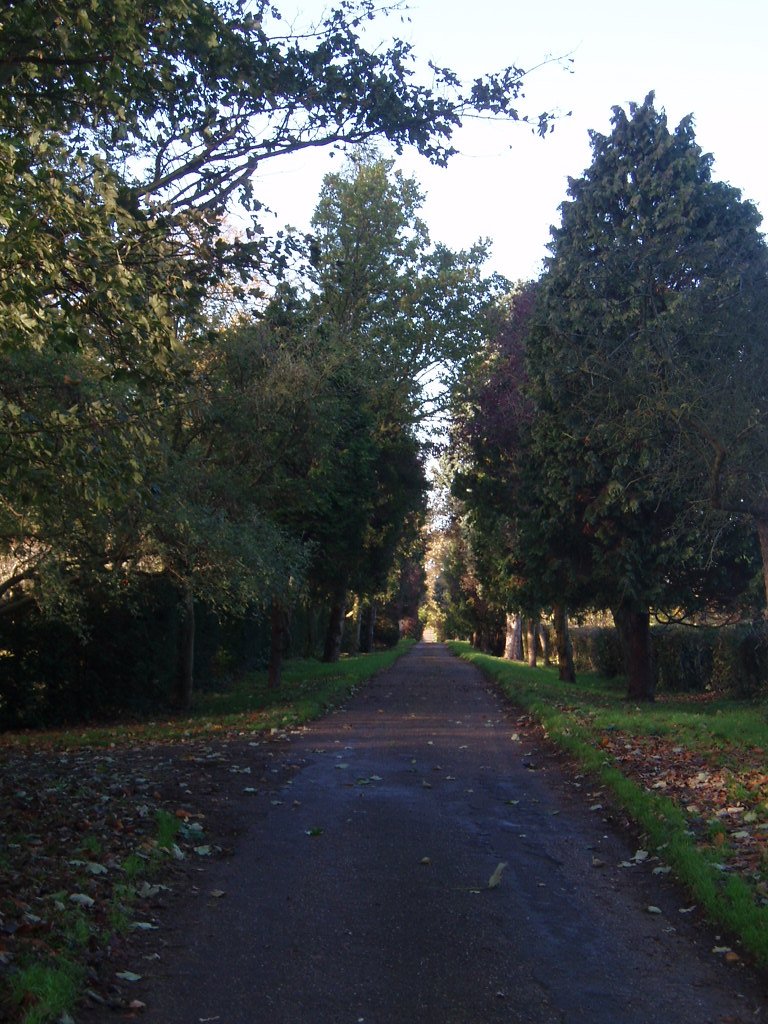|
Rusten House
Rusten House, now known as Rusten House Art Centre, is a heritage-listed former hospital and nurses' dormitory at Antill Street, Queanbeyan, Queanbeyan-Palerang Region, New South Wales, Australia. It was designed by W. H. Downey and built from 1859 to 1862 by Daniel Jordan and Gibson. It is the Old Queanbeyan Hospital and the Nurses Dormitory. It now hosts local and touring exhibitions as well as community and private events. The Queanbeyan-Palerang Regional Council owns it. It was added to the New South Wales State Heritage Register on 2 April 1999. History Queanbeyan town was around long before nearby Canberra and up until 1838 was called Quinbean, which means "clear waters". The Queanbeyan area is part of the traditional lands of the Ngunnawal Aboriginal people. Diseases and viruses brought by colonial settlers, such as smallpox and influenza, had a disastrous effect on local Aboriginal populations by the mid-19th century. Europeans first arrived in the area on 8 December ... [...More Info...] [...Related Items...] OR: [Wikipedia] [Google] [Baidu] |
Queanbeyan, New South Wales
Queanbeyan ( ) is a city in south-eastern New South Wales, Australia, located adjacent to the Australian Capital Territory in the Southern Tablelands region. Located on the Queanbeyan River, the city is the council seat of the Queanbeyan-Palerang Regional Council. At the , the Queanbeyan part of the Canberra–Queanbeyan built-up area had a population of 37,511. Queanbeyan's economy is based on light construction, manufacturing, service, retail and agriculture. Canberra, Australia's capital, is located to the west, and Queanbeyan is a commuter town. The word ''Queanbeyan'' is the anglicised form of ''Quinbean'' or ''*Kuwinbiyan'', a Ngarigo language, Ngarigo word meaning ''"clear waters"''. History The first inhabitants of Queanbeyan were the Ngambri peoples of the Walgalu Nation. The town grew from a squattage held by ex-convict and inn keeper, Timothy Beard, on the banks of the Molonglo River in what is now Oaks Estate. The town centre of Queanbeyan is located on the Q ... [...More Info...] [...Related Items...] OR: [Wikipedia] [Google] [Baidu] |
Frank Gardiner
Frank Gardiner (1830 – c. 1882) was an Australian bushranger who became notorious for his lead role in the largest gold heist in Australian history, at Eugowra, New South Wales in June 1862. Gardiner and Gardiner-Hall gang, his gang, which included bushrangers Ben Hall (bushranger), Ben Hall, John O'Meally and John Gilbert (bushranger), John Gilbert, made off with a pile of cash and 77 kilograms of gold, worth about $10 million in modern Australian currency. After the Eugowra robbery, Gardiner escaped to Queensland, where he ran a general store until he was tracked down by police in 1864. Following his arrest, he was tried at the Supreme Court of New South Wales and sentenced to 32 years imprisonment. In response to a petition for his release, he was pardoned after 10 years and exiled. He moved to the United States, where he died in or around 1882. Early life Gardiner, born Francis Christie, was born in 1830 in Rosshire, Scotland. He migrated to Australia as a child in 1834. ... [...More Info...] [...Related Items...] OR: [Wikipedia] [Google] [Baidu] |
Hospitals In New South Wales
A hospital is a healthcare institution providing patient treatment with specialized health science and auxiliary healthcare staff and medical equipment. The best-known type of hospital is the general hospital, which typically has an emergency department to treat urgent health problems ranging from fire and accident victims to a sudden illness. A district hospital typically is the major health care facility in its region, with many beds for intensive care and additional beds for patients who need long-term care. Specialized hospitals include trauma centers, rehabilitation hospitals, children's hospitals, geriatric hospitals, and hospitals for specific medical needs, such as psychiatric hospitals for psychiatric treatment and other disease-specific categories. Specialized hospitals can help reduce health care costs compared to general hospitals. Hospitals are classified as general, specialty, or government depending on the sources of income received. A teaching hospital campus c ... [...More Info...] [...Related Items...] OR: [Wikipedia] [Google] [Baidu] |
Queanbeyan
Queanbeyan ( ) is a city in south-eastern New South Wales, Australia, located adjacent to the Australian Capital Territory in the Southern Tablelands region. Located on the Queanbeyan River, the city is the council seat of the Queanbeyan-Palerang Regional Council. At the , the Queanbeyan part of the Canberra–Queanbeyan built-up area had a population of 37,511. Queanbeyan's economy is based on light construction, manufacturing, service, retail and agriculture. Canberra, Australia's capital, is located to the west, and Queanbeyan is a commuter town. The word ''Queanbeyan'' is the anglicised form of ''Quinbean'' or ''*Kuwinbiyan'', a Ngarigo language, Ngarigo word meaning ''"clear waters"''. History The first inhabitants of Queanbeyan were the Ngambri peoples of the Walgalu Nation. The town grew from a squattage held by ex-convict and inn keeper, Timothy Beard, on the banks of the Molonglo River in what is now Oaks Estate. The town centre of Queanbeyan is located on the Q ... [...More Info...] [...Related Items...] OR: [Wikipedia] [Google] [Baidu] |
Corrugated Galvanised Iron
Corrugated galvanised iron (CGI) or steel, colloquially corrugated iron (near universal), wriggly tin (taken from UK military slang), pailing (in Caribbean English), corrugated sheet metal (in North America), zinc (in Cyprus and Nigeria) or custom orb / corro sheet (Australia), is a building material composed of sheets of hot-dip galvanizing, hot-dip galvanised mild steel, cold forming, cold-rolled to produce a linear ridged pattern in them. Although it is still popularly called "iron" in the UK, the material used is actually steel (which is iron alloyed with carbon for strength, commonly 0.3% carbon), and only the surviving vintage sheets may actually be made up of 100% iron. The corrugations increase the bending strength of the sheet in the direction perpendicular to the corrugations, but not parallel to them, because the steel must be stretched to bend perpendicular to the corrugations. Normally each sheet is manufactured longer in its strong direction. CGI is lightweight ... [...More Info...] [...Related Items...] OR: [Wikipedia] [Google] [Baidu] |
Veranda
A veranda (also spelled verandah in Australian and New Zealand English) is a roofed, open-air hallway or porch, attached to the outside of a building. A veranda is often partly enclosed by a railing and frequently extends across the front and sides of the structure. Although the form ''verandah'' is correct and very common, some authorities prefer the version without an "h" (the ''Concise Oxford English Dictionary'' gives the "h" version as a variant and '' The Guardian Style Guide'' says "veranda not verandah"). Australia's ''Macquarie Dictionary'' prefers ''verandah''. Etymology ''Veranda'', as used in the United Kingdom and France, was brought by the British from India (, ). While the exact origin of the word is unknown, scholars suggest that the word may have originated in India or may have been adopted from the Portuguese and spread further to the British and French colonists. Ancient and medieval Indian texts on domestic architecture like Vastu shastra uses the word ... [...More Info...] [...Related Items...] OR: [Wikipedia] [Google] [Baidu] |
Driveway
A driveway (also called ''drive'' in UK English) is a private road for local access to one or a small group of structures owned and maintained by an individual or group. Driveways rarely have traffic lights, but some may if they handle heavy traffic, especially those leading to commercial businesses or parks. Driveways may be designed and decorated in ways that public roads cannot because of their lighter traffic and the willingness of owners to invest in their construction. Driveways are not resurfaced, cleared of snow, or maintained by governments. They are generally designed to conform to the architecture, standards, and landscaping of connected houses or other buildings. Some materials used for driveways include concrete, decorative brick, cobblestone, block paving, asphalt, gravel, resin-bound paving, and decomposed granite. These materials may be surrounded with grass or other ground-cover plants. Driveways are commonly used as paths to private garages, carports, o ... [...More Info...] [...Related Items...] OR: [Wikipedia] [Google] [Baidu] |
Greater Southern Area Health Service
Greater Southern Area Health Service, abbreviated GSAHS, was formed in January 2005 from the amalgamation of the former Greater Murray Area Health Service and Southern Area Health Service. It was a statutory body of the Government of New South Wales, operating under the NSW Department of Health, charged with the provision of public health services in southern New South Wales. The head office of GSAHS was located in Queanbeyan. Major facilities * Albury Base Hospital - Albury * Bateman's Bay District Hospital - Batemans Bay * Bega District Hospital - Bega * Cooma Hospital - Cooma * Cootamundra District Hospital - Cootamundra * Goulburn Base Hospital - Goulburn * Griffith Base Hospital - Griffith * Gundagai Hospital - Gundagai * Grenfell District Hospital - Grenfell * Hay Hospital - Hay * Leeton District Hospital - Leeton * Lockhart and District Hospital - Lockhart * Narrandera District Hospital - Narrandera * Queanbeyan Hospital - Queanbeyan * Wagga Wagga Base Hospital - Wa ... [...More Info...] [...Related Items...] OR: [Wikipedia] [Google] [Baidu] |
Pinus
A pine is any conifer tree or shrub in the genus ''Pinus'' () of the family Pinaceae. ''Pinus'' is the sole genus in the subfamily Pinoideae. ''World Flora Online'' accepts 134 species-rank taxa (119 species and 15 nothospecies) of pines as current, with additional synonyms, and ''Plants of the World Online'' 126 species-rank taxa (113 species and 13 nothospecies), making it the largest genus among the conifers. The highest species diversity of pines is found in Mexico. Pines are widely distributed in the Northern Hemisphere; they occupy large areas of boreal forest, but are found in many habitats, including the Mediterranean Basin, and dry tropical forests in southeast Asia and Central America. Wood from pine trees is one of the most extensively used types of timber, and some pines are widely used as Christmas trees. Description Pine trees are evergreen, coniferous resinous trees (or, rarely, shrubs) growing tall, with the majority of species reaching tall. The sma ... [...More Info...] [...Related Items...] OR: [Wikipedia] [Google] [Baidu] |
Ulmus Procera
The field elm (''Ulmus minor'') cultivar 'Atinia' , commonly known as the English elm, formerly common elm and horse may, Republished 1978 by EP Publishing, Wakefield. and more lately the Atinian elm, was, before the spread of Dutch elm disease, the most common field elm in central southern England, though not native there, and one of the largest and fastest-growing deciduous trees in Europe. R. H. Richens noted that elm populations exist in north-west Spain, northern Portugal, and on the Mediterranean coast of France that "closely resemble the English elm" and appear to be "trees of long standing" in those regions rather than recent introductions. Augustine Henry had earlier noted that the supposed English elms planted extensively in the Royal Park at Aranjuez from the late 16th century onwards, specimens said to have been introduced from England by Philip IIRichens, R. H., ''Elm'' (Cambridge, 1983), p.276 and "differing in no respects from the English elm in England", be ... [...More Info...] [...Related Items...] OR: [Wikipedia] [Google] [Baidu] |
Quercus
An oak is a hardwood tree or shrub in the genus ''Quercus'' of the beech family. They have spirally arranged leaves, often with lobed edges, and a nut called an acorn, borne within a cup. The genus is widely distributed in the Northern Hemisphere; it includes some 500 species, both deciduous and evergreen. Fossil oaks date back to the Middle Eocene. Molecular phylogeny shows that the genus is divided into Old World and New World clades, but many oak species hybridise freely, making the genus's history difficult to resolve. Ecologically, oaks are keystone species in habitats from Mediterranean semi-desert to subtropical rainforest. They live in association with many kinds of fungi including truffles. Oaks support more than 950 species of caterpillar, many kinds of gall wasp which form distinctive galls (roundish woody lumps such as the oak apple), and a large number of pests and diseases. Oak leaves and acorns contain enough tannin to be toxic to cattle, but pigs are ab ... [...More Info...] [...Related Items...] OR: [Wikipedia] [Google] [Baidu] |







